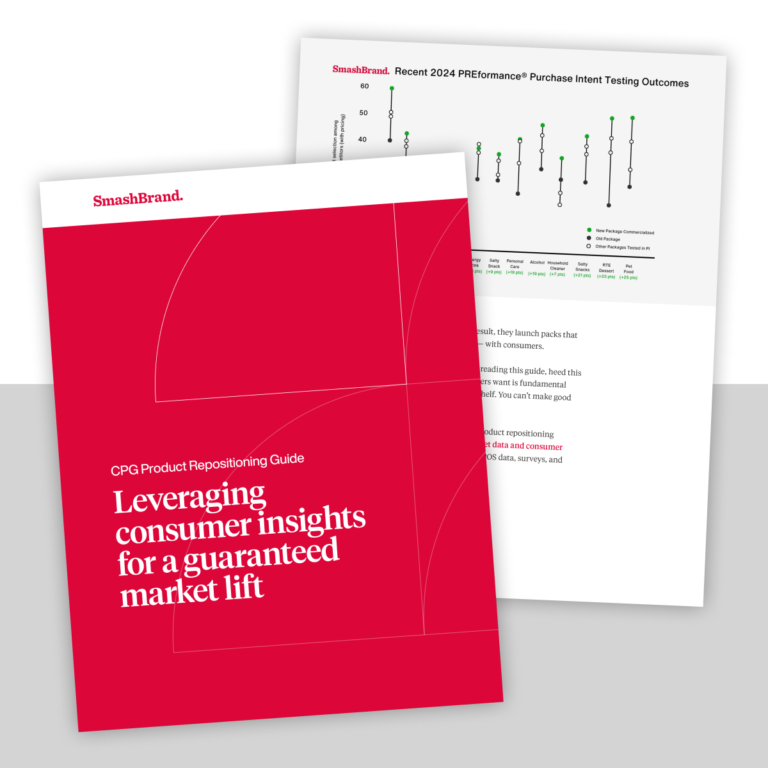Businesses that want to engage senior shoppers must understand their priorities—and how they differ from their Millennial counterparts.
When marketers develop strategies, they often target the highly-desirable Millennial population. And while it’s true the spending power of Millennials is growing every day, there’s plenty of competition vying for their attention. Instead, savvy brands can take a different approach to their marketing by reaching out to a less glamorous but highly profitable market: seniors.
Why Seniors?
Seniors (loosely defined here as those aged 60+) may not seem like a lucrative audience, but according to Libby Costin, VP of Global Marketing at processing and packaging firm Tetra Pak, businesses shouldn’t underestimate the impact of seniors on the consumer market:
“[Seniors] have more disposable income than previous generations, and are poised to become one of the most important consumer groups over the next decade with a total spending power of US$10 trillion by 2020.”
Businesses wanting to reach these older consumers need to examine their motivations and understand what sets them apart from their younger counterparts.
Motivators of Shopping Behavior
According to a whitepaper on Millennial marketing, Millennial spending is influenced by several needs:
– The need for connectivity
– A hunger for new experiences
– Social interaction and digital integrations
– Compare this with the shopping habits of seniors:
– Seniors shop more frequently across a wider range of products
– Seniors are loyal to brands they like and are less likely to switch around
– Seniors value simplicity – they shop closer to home and at smaller stores
– Clearly, packaging directed towards seniors will be cut from a different cloth than packaging designed for Millennials.
Simplicity
Seniors will be less interested in flashy labels and complicated products than Millennials. Packaging design for seniors should be based around simplicity. Don’t overload the label with information, and don’t bother innovating clever packaging styles that would look better in an art gallery than a grocery store shelf. Seniors won’t respond to it.
Familiarity
Senior shoppers tend to be more brand-loyal than Millennials and are less likely to experiment with new brands after they find one they like. With this in mind, brands marketing to seniors should keep their packaging consistent over time. Dramatic design overhauls tend to confuse consumers and make them believe the product inside has changed. Find a style that works with your brand and stick with it.
Comfort
Preferences aside, the physical abilities of seniors must be taken into account as well. Packaging for seniors should be easy to hold, easy to open, and easy to close. Many seniors struggle with a loss of strength or arthritis issues, and won’t waste time with products that they can’t handle. Keep the label text clear and use large font, if possible. Given enough time, loss of vision quality happens to all of us, and nothing frustrates a consumer more than being unable to read what it is he’s buying.
Reaching Senior Shoppers
Generally, packaging for seniors doesn’t need to be dramatically different than packaging for other markets, but brands hoping to cash in on their increasing spending power must make sure their products are tailored to their needs.
Subscribe to
Nice Package.
A monthly newsletter that unpacks a critical topic in the FMCG & CPG industry.
Free Resource.

CPG product repositioning guide.
Explore the five undeniable signs your CPG product needs repositioning along with strategies for leveraging consumer insights for a guaranteed market lift.
Learn More About CPG product repositioning guide.